Written by Christian Lewandowski
Two narratives have featured prominently in European policy debates of the past several decades within the context of higher education: the knowledge society and European integration narratives (Curaj et al., 2015). The knowledge society narrative, one of the most dominant narratives in policy debates globally, is concerned with the role the creation of knowledge plays in driving economic growth and social progress. The European integration narrative, brought about by the collapse of the communist bloc and the subsequent rapid expansion of the European Union, concerns itself with the important role of creating a more integrated Europe and the role integration will play in addressing social, political, and economic challenges in the future. Higher education institutions (HEIs) being drivers of the creation of knowledge coupled with a desire for greater European integration led to higher education occupying a prominent position in policy debates at the European level. This is despite higher education typically falling under the competences of the member states rather than the union as a whole.
Higher education played a central role in EU policy initiatives of the 2000s and 2010s such as the Lisbon Strategy of 2000 and the Europe 2020 Strategy of 2010 and led to the creation of the European Research Area (ERA) and European Higher Education Area (EHEA) in 2000 and 2010 respectively. The ERA aimed to increase cooperation between European universities in conducting research. The EHEA was created to harmonize higher education standards among countries in Europe and has since grown beyond the EU to include countries across Europe, the Middle East, and Central Asia. One of the most unique outcomes of HEI discussion in Europe was the creation of the European Universities Initiative (EUI) in 2019. The EUI has established networks of universities across national borders within and outside of the EU aimed at encouraging students to study abroad at other universities within their network (Curaj et al., 2015). The debate around creating a common European university dates back to the foundation of the European Economic Community but has remained largely dormant since then. However, a 2017 speech by French president Emmanuel Macron reignited interest in the idea (Curaj et al., 2020). The EUI should be viewed as a further realization of the ideas layed about by European integration pioneers such as Robert Schumann and Jean Monnet who formulated the idea of creating an integrated European through concrete, achievable steps.
However, the European integration and knowledge society narratives have faced significant challenges in recent years. This, coupled with growing competition for public sector funding, a major source of funds for HEIs in Europe, could spell trouble for their future.
European populist parties and authoritarian governments have undermined integration in higher education. In 2022, following the Russian invasion of Ukraine, the EHEA suspended Russia’s and its ally Belarus’s memberships (“Statement of the BFUG…”, 2022). Russian leaders have also attacked the EHEA, accusing it of deteriorating the quality of education in Russia and eroding traditional Russian values in the youth (Kolotova, 2022). Populism has gained prominence within the EU and populist leaders have sought to exert their influence over HEIs. For example, in 2021 Hungary’s prime minister Viktor Orban, the face of the populist movement in Eastern Europe, announced a transfer of control of major universities from the state to private foundations. Orban has made it clear that the boards of these foundations will be filled with those friendly to Orban’s nationalist, EU-skeptic worldview. Orban’s move sparked protests at universities across Hungary (Schlagwein, 2021).
In addition to threats to the autonomy and integration of European HEIs, the way continental European universities have traditionally funded themselves, namely through core state funding, is also under threat (Lepori, 2018). In Europe, the competition for public sector funding has increased and will continue to increase. An aging European population leading to long-term increases in spending on government-funded social programs and economic slowdowns and ideological trends leading to increased government austerity have meant that European policy makers have had to make difficult decisions in allocating resources. A social climate in which HEIs are being seen less and less as the primary drivers of innovation further weakens the higher education sector’s position as a primary claimant of public funds. Additionally, European policy makers view HEIs as more capable of tapping into other sources of funding, such as increasing tuition payments or engaging in entrepreneurial ventures, than other publicly funded sectors like healthcare or pensions (Kwiek, 2015). These trends and perspectives suggest that higher education funding will be among the first to go when policy makers decide how government resources should be distributed. HEIs will be increasingly required to secure their funding from alternate, private sector sources.
Europe has long strived to build its economy around a more equitable, responsible form of capitalism with a robust welfare state that included significant funding for HEIs. In Europe, HEIs were viewed as a public good, a direct investment that would pay not only economic but social and political dividends in the future (Kwiek, 2015). Today, we are seeing a shift towards HEIs being viewed as market actors competing against one another and students as being responsible for bearing the cost higher education entails. Europeans must examine the effects this increased marketization will have on education and other pillars of the welfare state such as healthcare and pensions. Europeans should also consider the role a strong higher education sector could play in creating innovative solutions to crises such as the looming demographic crisis and whether funding cuts to higher education will help rather than exacerbate the situation.
European policy makers should also consider the role HEIs have played in the recent wave of populism in Europe. Distrust for institutions, particularly those at the European level, have played a dominant role in populist party politics across the continent. Rural and economically depressed regions around Europe have grown to feel isolated from European institutions and the elites that create and operate them. This antipathy extends to the higher education sector (Curaj et al., 2020). European policy makers and university administrators must ensure that a growing reliance on private funding does not increase inequities in access to HEIs. They should ensure that integration programs such as the EUI are not restricted to elite universities but include local and technical universities as well.
The threats facing the European higher education system reflect challenges facing Europe as a whole. Economic and political crises threaten to upend decades of work creating an equitable and integrated EU. It seemed that after decades of trending towards integration, the fundamental ideas of European integration were beginning to disintegrate. However, after the Russian invasion of Ukraine, the belief in the importance of an integrated Europe has been reignited as Europe has shown a largely united front in the face of Russian aggression. The EU should take advantage of this uniting moment to further integration efforts in a more equitable fashion.
References
Curaj, A., Matei, L., Pricopie, R., Salmi, J. & Scott, P. (2015). The European Higher Education Area: Between Critical Reflections and Future Policies. Retrieved from https://link.springer.com/book/10.1007/978-3-319-20877-0
Kwiek, M. (2015). Competing for Public Resources: Higher Education and Academic Research in Europe — A Cross-Sectoral Perspective. Retrieved from https://link.springer.com/chapter/10.1057/9781137549143_2
(11 April, 2022) Statement Of The BFUG On Consequences Of The Russian Federation Invasion Of Ukraine. Retrieved from https://www.ehea.info/page-ADOPTION-OF-THE-STATEMENT
Curaj, A., Ligia, D., & Pricopie, R. (2020). European Higher Education Area: Challenges For A New Decade. Retrieved from https://library.oapen.org/handle/20.500.12657/42916
Lepori, B. (2019). How are European Higher Education Institutions funded? New evidence from ETER microdata. Retrieved from https://www.eter-project.com/uploads/analytical-reports/ETER_AnalyticalReport_02_final.pdf
Kolotova, A. (13 June, 2022). Who is cutting ties with whom? Russia and the Bologna education system. Retrieved from https://moderndiplomacy.eu/2022/06/13/who-is-cutting-ties-with-whom-russia-and-the-bologna-education-system/
Schlagwein, F. (5 June, 2021). Hungary: Orban seeks to control universities. Retrieved from https://www.dw.com/en/hungarys-viktor-orban-seeks-to-control-universities/a-57444869


